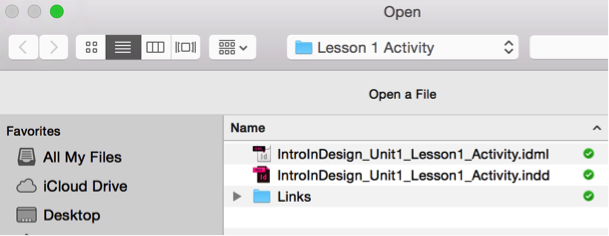

If your printer is not able to print on the whole sheet, the side parts of what you’re printing would not show up in the print. Most home/cheaper office printers are not able to print on the whole page but leave a blank area at the sides. It’s probable that you have the ‘Scale To Fit’ option turned on. Late I know but I stumbled on this post when searching for fold marks in CS5. I also turned Facing Pages off so I’d have more control over moving the pages.

I created six pages (one for each panel), and I set the page size to be the dimensions of the outer panel. The width of the panels depends on the thickness of the paper check with your commercial printer for their recommendation.Ģ. I chose these dimensions for my trifold brochure on a letter-size page: You’ll still need to calculate the exact dimensions of each panel for the outside and inside of the printed piece. However, if your folding needs are more demanding, you may still want a more professional and efficient solution.ġ.
Indesign page shuffle plus#
I’ll make use of the Multiple Page Size feature I wrote about earlier ( here and here), plus I’ll make use of a couple of other features that haven’t gotten much attention?Color Labels for the Pages panel, and InDesign CS5’s new ability to create fold marks on output. InDesign CS5 has some new folding tricks up its sleeve to make the process a bit easier.

As any printer will tell you, designers often create folding layouts incorrectly, and they have to get fixed before they go on press. If you’re creating a trifold brochure, for example, in previous versions of InDesign, you’d need to manually calculate the widths of the inner and outer panels, and create the layouts for each side of the brochure by creating guides and fold marks precisely to the correct dimensions of the inner and outer panels. As I’ve written about before, creating folds for printing is sometimes a challenging process.


 0 kommentar(er)
0 kommentar(er)
